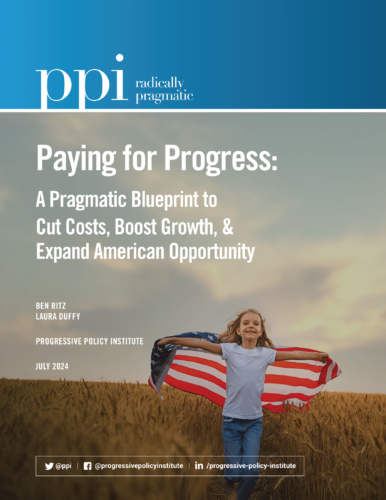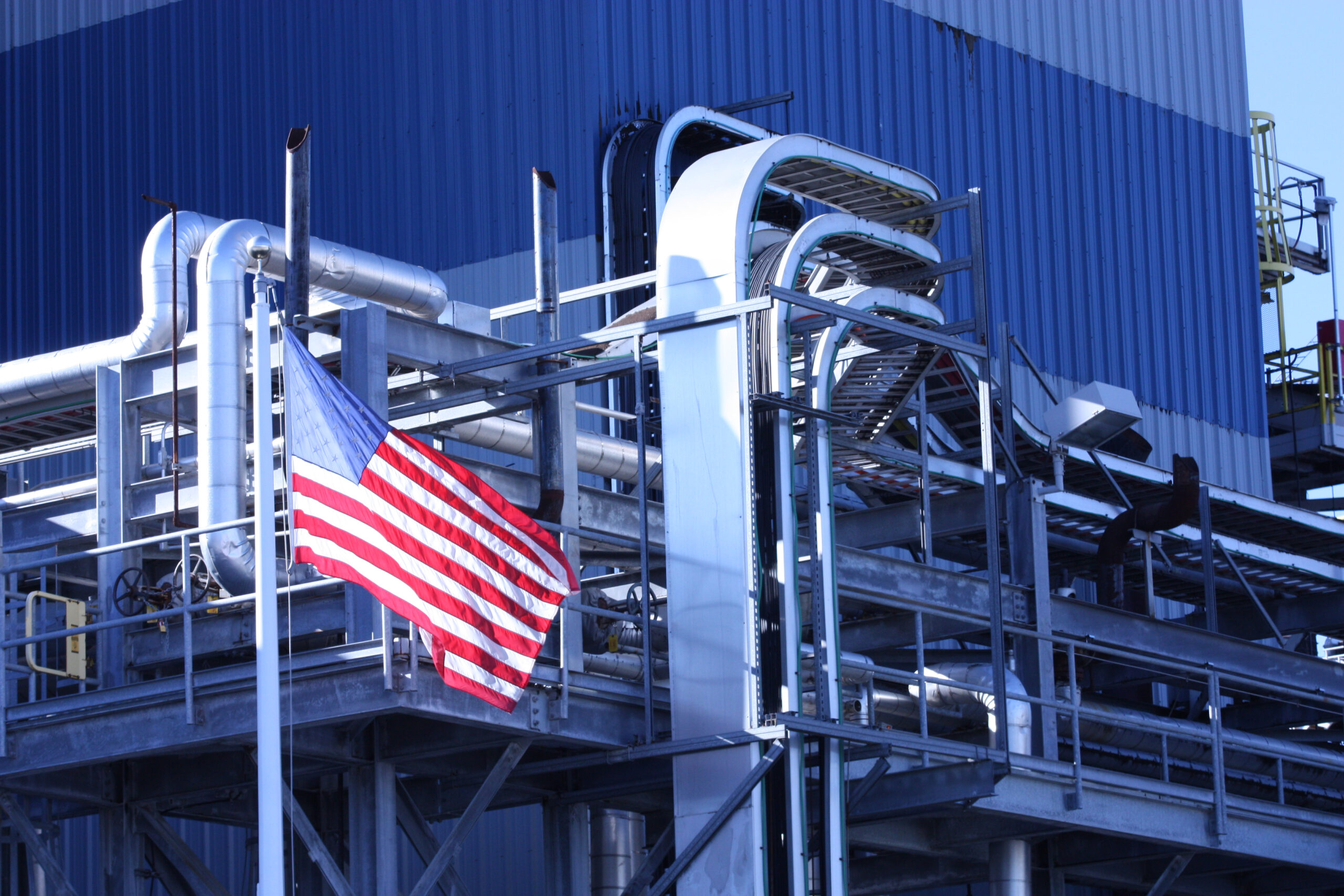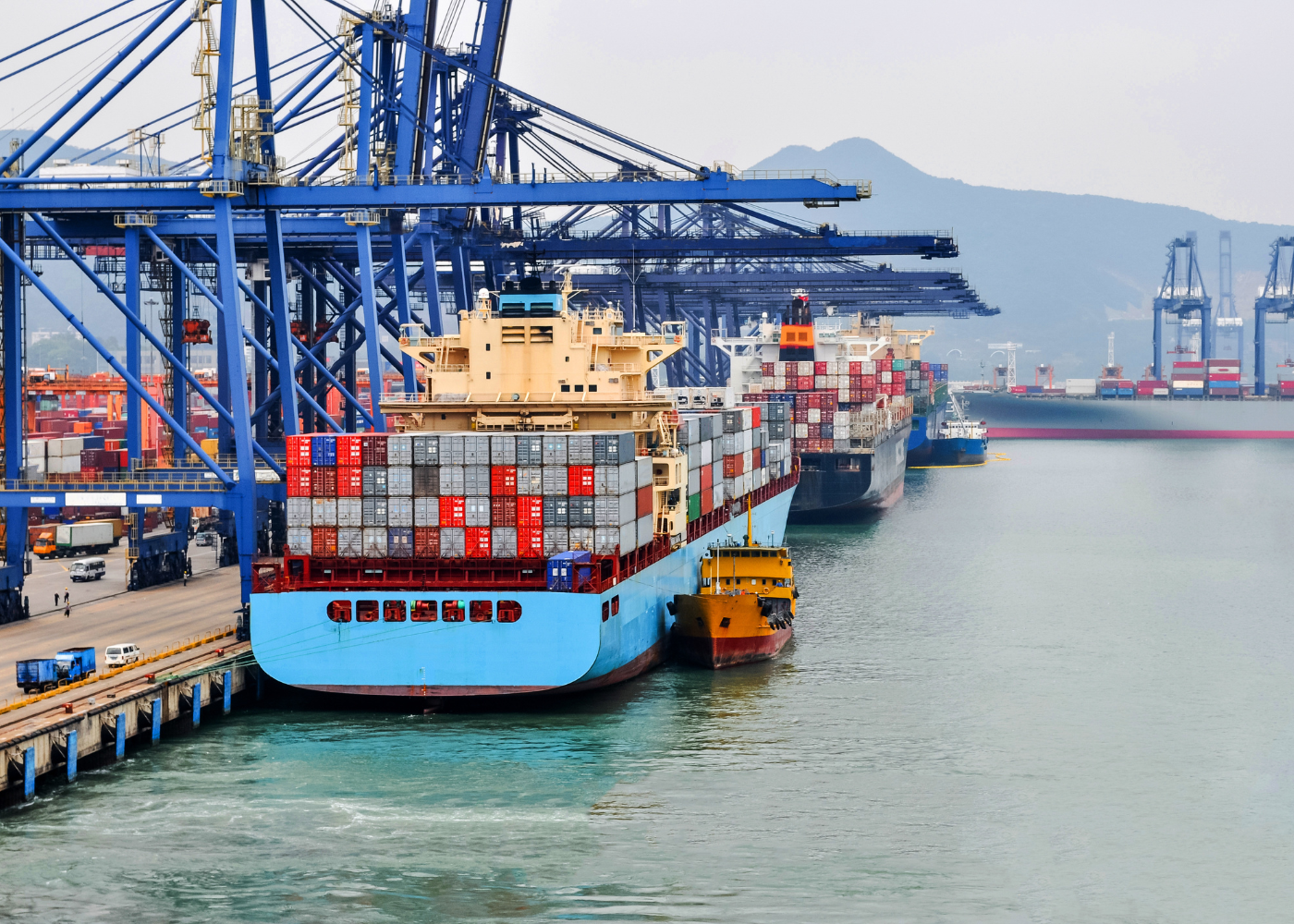FACT: Tiger population estimates for Thailand’s Western Forest Complex are up from 40 in 2007 to a range of 189-223 this year.
THE NUMBERS: World wild tiger population estimates –
| 2024: | 5,574 |
| 2022: | 4,500 |
| 2010: | 3,200 |
| 1980: | ~35,000? |
| 1900: | ~100,000? |
WHAT THEY MEAN:
From Thai newspaper Khao Sod last week:
“The Department of National Parks, Wildlife, and Plant Conservation released on December 19 the first photos of two tiger cubs and their mother in Slap Phra Wildlife Sanctuary, Kanchanaburi Province. … Over 420 automatic camera traps have been installed in 7 protected areas of the southern part of the Western Forest Complex to record the population of tigers and other wild cat species, including predators, from early 2023 to date. The area is a large wildlife corridor in a dry evergreen forest and is located near a large river. Analysis of the data from the automatic camera traps revealed that 3 tigers were photographed, an adult female listed in the tiger database under the code TWT128F, which is the mother tiger, and two cubs (with the codes SLT_Unknown003 and SLT_Unknown004).”
Is this an everyday event? A significant sighting? Probably the latter, and a very hopeful one.
Background: A 2018 National Academies of Science study guessed that, excluding fish, all the world’s vertebrates together weighed (in “dry carbon”) about 170 million tons. Humans and farm animals make up about 160 million tons of this. Vertebrate wildlife — that is, all the eagles, cobras, elephants, condors, whales, jaguars, deer, sea turtles, mice, frogs, bison, etc. — comes to a bare 10 million tons. From another perspective, Our World in Data summarizes three research papers and concludes that wild mammals weighed about 10 million tons (again in dry carbon) in 1900, and were down to 3 million tons by 2015.
Tigers’ sad modern history is part of this larger decline in wildlife and biodiversity. Zoologists guess that, when wildlife weighed 10 million tons in 1900, about 100,000 tigers patrolled a roughly triangular forest-mountain-steppe range with Korea at the top right, Indonesia at the bottom, and Iran at the top left. By 1980 the population was down to 35,000; by 2010 tigers were gone from Central Asia, Korea, Vietnam, Laos, and Cambodia, and three of the nine “subspecies” (the Caspian, Javanese, and Bali tigers) were declared extinct. The remaining 3,200 included a large group of about 2,000 Bengal tigers in India, 450 Amur tigers in Siberia, 400 Sumatrans in Indonesia, 200 Indochinese and South China tigers in Thailand, and smaller refuges of 100 to 200 in Bangladesh, Nepal, Bhutan, China, and Malaysia. The roughly 14,000 zoo and farm tigers distributed around Asia, Europe, and the United States likely outnumbered wild tigers by four or five to one.
The principal issue, for tigers as for other large wild animals, is a massive loss of habitat through conversion of wild areas to agriculture, pasture, and urban land; logging and road- and town-building, with attendant chopping up of forests into “fragments” and “islands”; and most recently climate change. As the pre-1900 tiger range contracted by about 95%, and the number of tigers shrank with it. Trade and economic factors, though a secondary concern, mean that as with elephants, rhinoceros, and Caspian sturgeon, tigers have declined faster than less “charismatic” wildlife: hunting for sport and pelts in the 20th century, more recent collection of cubs for exotic pets and tiger farming, and sale of tiger bones, blood, and organs for ill-founded medicinal purposes throughout.
Against this unhappy background, last week’s “Global Tiger Day” assessment provides, cautiously and tentatively, some reason for optimism. Since the 2010 low, wild tiger populations appear to have been growing, with surveys reporting worldwide populations of about 4,500 in 2022 and 5,574 this year. This isn’t because the estimates of the 2010s were too pessimistic or missed populations, but because of confirmation that tiger populations in several countries are beginning to rise.
Khao Sod’s report on the newly photographed cubs is an example of this. Thailand’s Western Forest Complex, a group of 12 national parks and seven wildlife sanctuaries, was thought home to around 40 tigers in 2007. By 2022 the population, tracked by the Forestry Department’s batteries of cameras, had grown to a range of “148 to 189,” and in 2024 it is “179 to 223.” Reasons: habitat has improved as government programs release prey species such as sambar deer into the sanctuaries; protection against poachers; and a program of joining disconnected sanctuaries and parks through protected “tiger corridors” – like the riverbank evergreen forest in which the mother and cubs turned up — which at least partially reverse past fragmentation of habitat into areas too small to support significant populations. Outside, meanwhile, the international environmental agreement CITES (“Convention on Trade in Endangered Species”), amplified over the past 20 years to ban domestic trade of wild tigers for pets, farming, pelts, and medicines as well as international trade — which has been banned since 1973 — may also be helping. Nor is Thailand uniquely successful: Nepal’s tiger count has risen from 121 to 355, and India’s from 2,967 in 2018 to 3,682 this year.
These are, of course, still small numbers — dozens and hundreds rather than the thousands necessary for a durable recovery. If threats of habitat loss and poaching are receding at least in some countries, climate-change concerns continue to grow. But for the first time in quite a while the trends have turned up, suggesting that tigers’ future may still be in forests rather than zoos. Perhaps, though later than you think, it’s still probably not too late.
FURTHER READING
Rebound:
… Khao Sod reports, with Western Forest Complex photos.
… Enthusiastic comment from the Thai government.
… The BBC looks at Nepal’s modestly recovering tiger population.
…The Hindu on rising tiger counts in India.
… And India’s National Tiger Conservation Authority.
Outside the forests:
How reliable are “zoo and farm tiger” estimates? Since the early 2000s, press and NGO reports have frequently used a figure of 5,000 in the United States, and sometimes suggested higher estimates of 7,000 or 10,000. A conservation group, the Feline Conservation Foundation, attempted a direct count in 2021. They identified 4,103 “big cats” including 1,538 tigers, 862 lions, 487 cougars, and 425 cheetahs. This doesn’t disprove hypotheses of the larger zoo and farm populations, but does put some question marks around very high numbers.
Policy:
… The U.S. Fish and Wildlife Service explains CITES.
… Immigration and Customs Enforcement estimates ~$7.8 billion to $10 billion in annual illicit wildlife trade, along with $7 billion in illegal timber trade and $4.2 billion to $9.5 billion in illegal/unreported/unregulated fishery trade.
… CITES next steps.
… And the World Wildlife Fund on tigers and climate change.
Two gloomy wildlife reports:
… Our World in Data summarizes trends in land mammal biomass.
… And PNAS looks at the big picture. Excluding nematodes and microorganisms, all world animal life weighs about 2.2 billion tons (in terms of “dry carbon.”) Bugs of various sorts — more technically, “arthropods” including insects, crustaceans, arachnids, mites, and so on — make up a bit less than half of this total. Fish at 700 million tons make up most of the rest. Humans and farm animals (including ducks and chickens) nearly equal worms, and there isn’t much space for vertebrate wildlife:
| All animals | 2,200 megatons |
| Insects, spiders, crustaceans | 1,000 megatons |
| Fish | 700 megatons |
| Worms | 200 megatons |
| Farm animals | 100 megatons |
| Jellyfish, coral, & spongse | 100 megatons |
| Humans | 60 megatons |
| Mollusks | 20 megatons |
| All wild mammals, birds, & reptiles | 10 megatons |
PNAS’ study.
And two more modestly hopeful big-cat stories:
Asiatic lions remained at large in the wild from Iraq to India as recently as the 1940s, but are extinct outside western India. They also seem to be rebounding — though the numbers are nearly an order of magnitude smaller than those for tigers — with about 700, up from 400 20 years ago, in Gir Forest.
Closer to home, a wildlife biologist shot the last known U.S. jaguar in 1964. The jaguar population is much bigger than the tiger and lion groups, with about 175,000 of them living from Brazil and Peru to Mexico. Ten Mexican jaguars have been photographed exploring Arizona and New Mexico in this decade, so maybe there’s a return in prospect. NGO Panthera explains.
ABOUT ED
Ed Gresser is Vice President and Director for Trade and Global Markets at PPI.
Ed returns to PPI after working for the think tank from 2001-2011. He most recently served as the Assistant U.S. Trade Representative for Trade Policy and Economics at the Office of the United States Trade Representative (USTR). In this position, he led USTR’s economic research unit from 2015-2021, and chaired the 21-agency Trade Policy Staff Committee.
Ed began his career on Capitol Hill before serving USTR as Policy Advisor to USTR Charlene Barshefsky from 1998 to 2001. He then led PPI’s Trade and Global Markets Project from 2001 to 2011. After PPI, he co-founded and directed the independent think tank ProgressiveEconomy until rejoining USTR in 2015. In 2013, the Washington International Trade Association presented him with its Lighthouse Award, awarded annually to an individual or group for significant contributions to trade policy.
Ed is the author of Freedom from Want: American Liberalism and the Global Economy (2007). He has published in a variety of journals and newspapers, and his research has been cited by leading academics and international organizations including the WTO, World Bank, and International Monetary Fund. He is a graduate of Stanford University and holds a Master’s Degree in International Affairs from Columbia Universities and a certificate from the Averell Harriman Institute for Advanced Study of the Soviet Union.

















